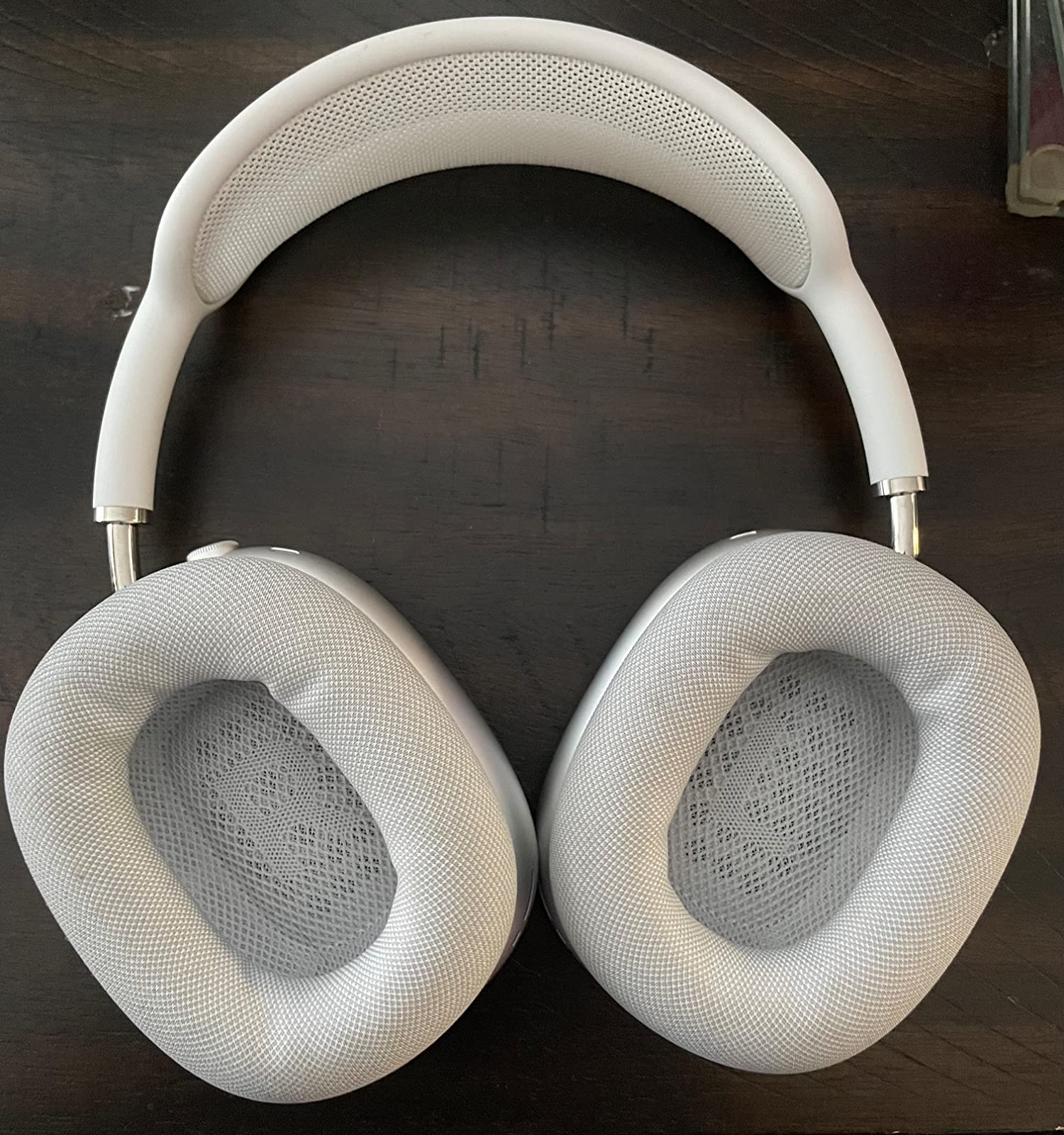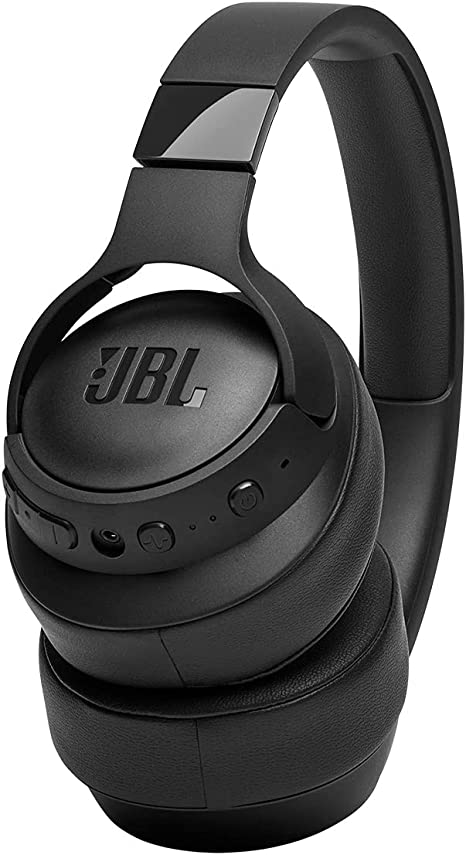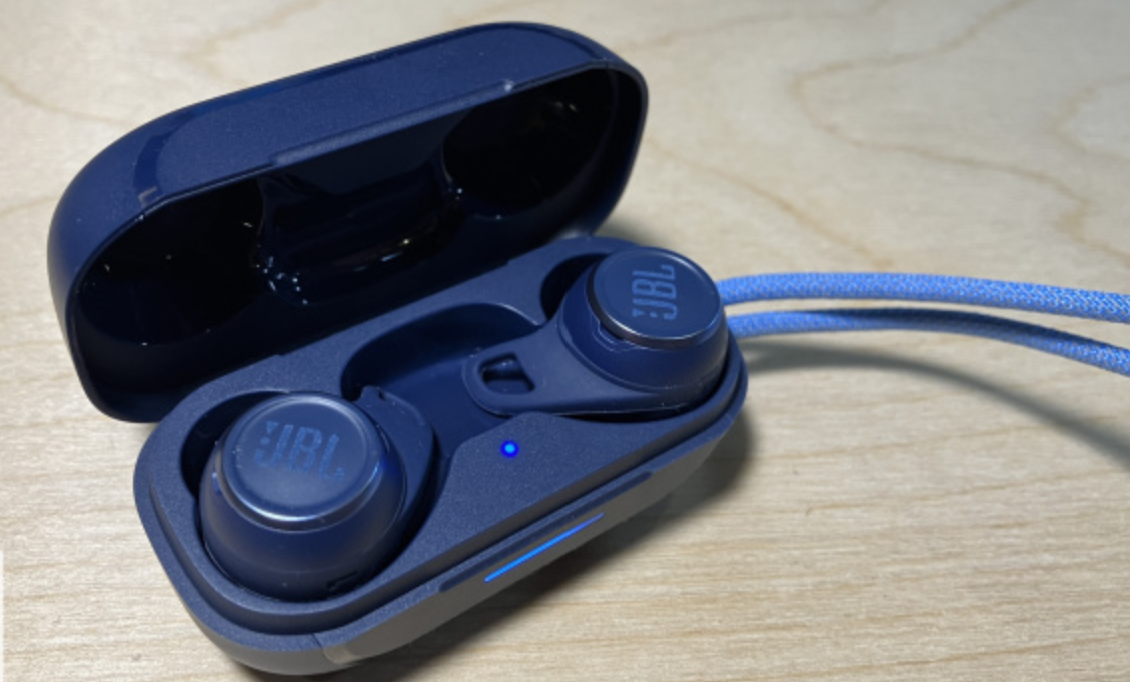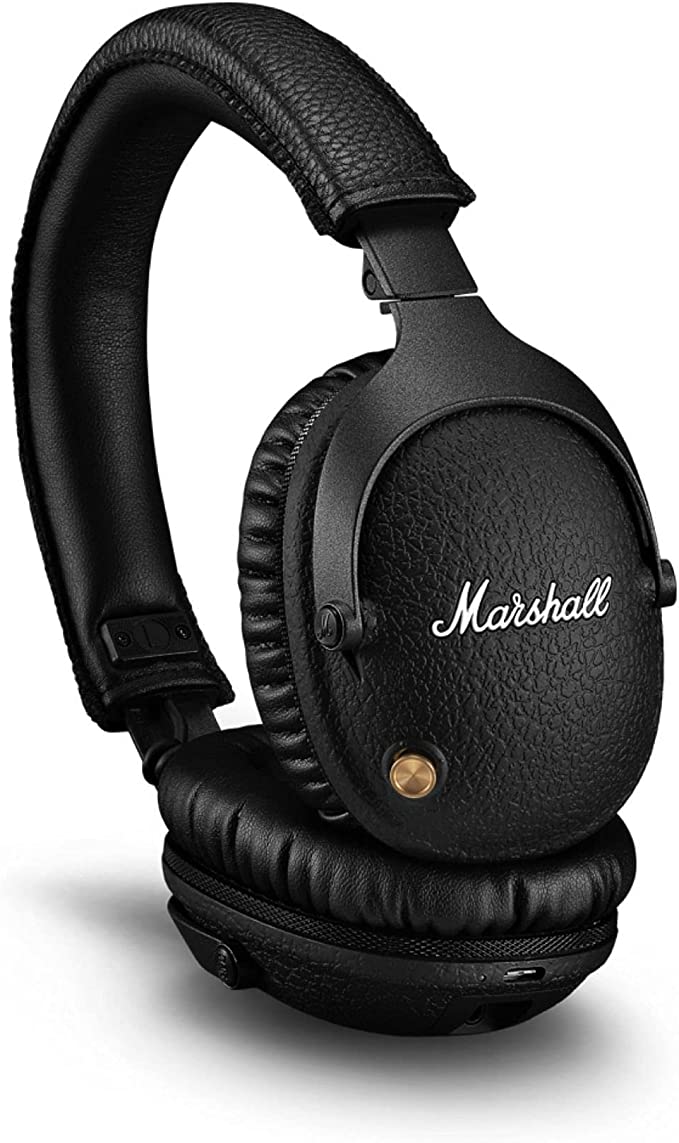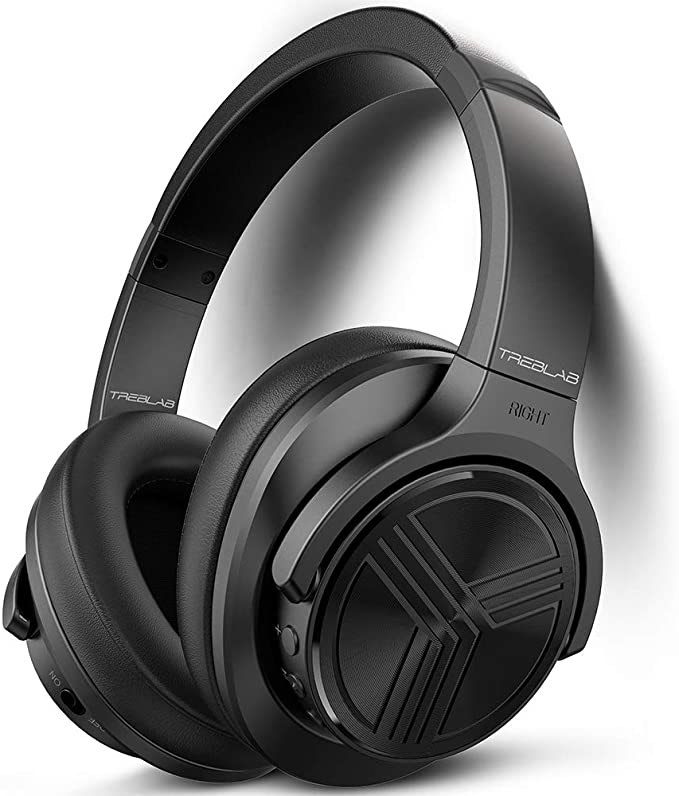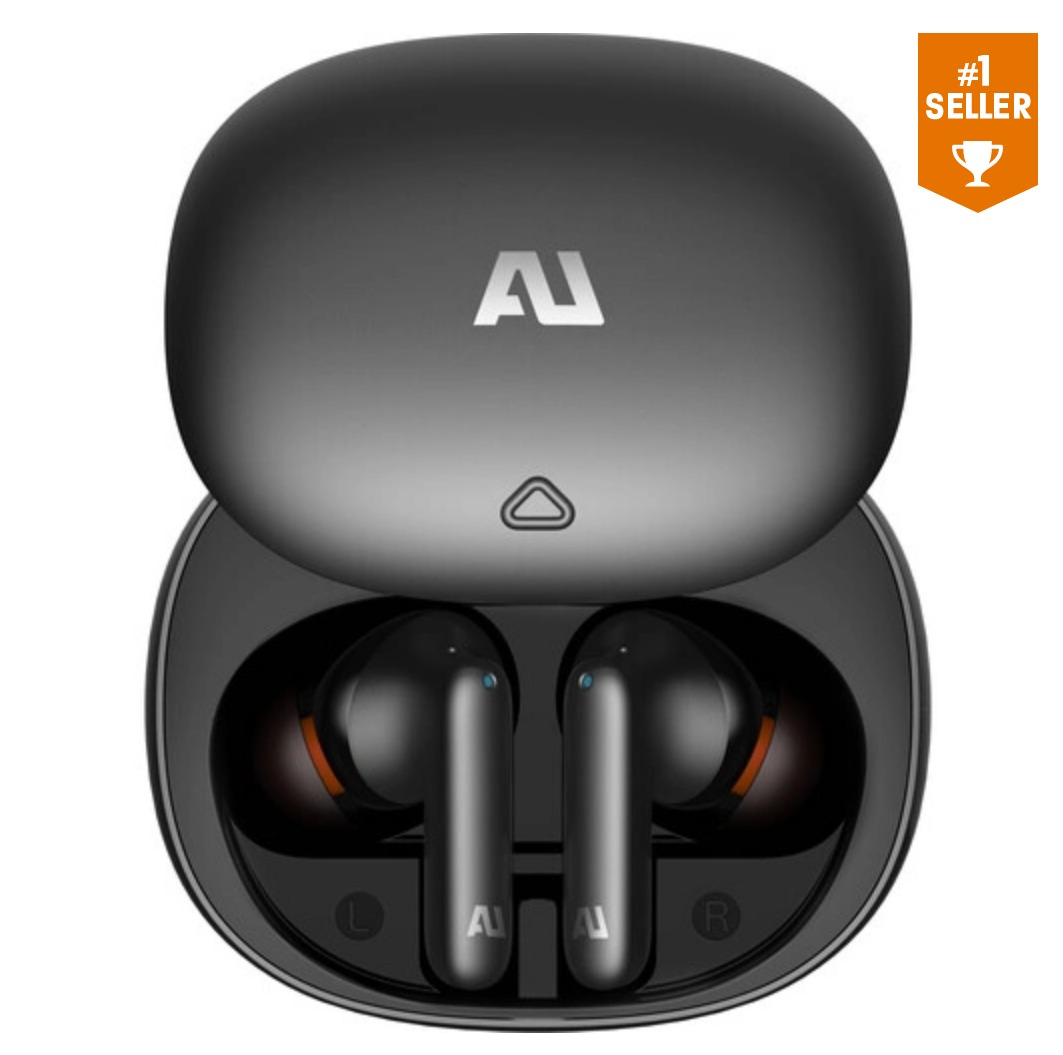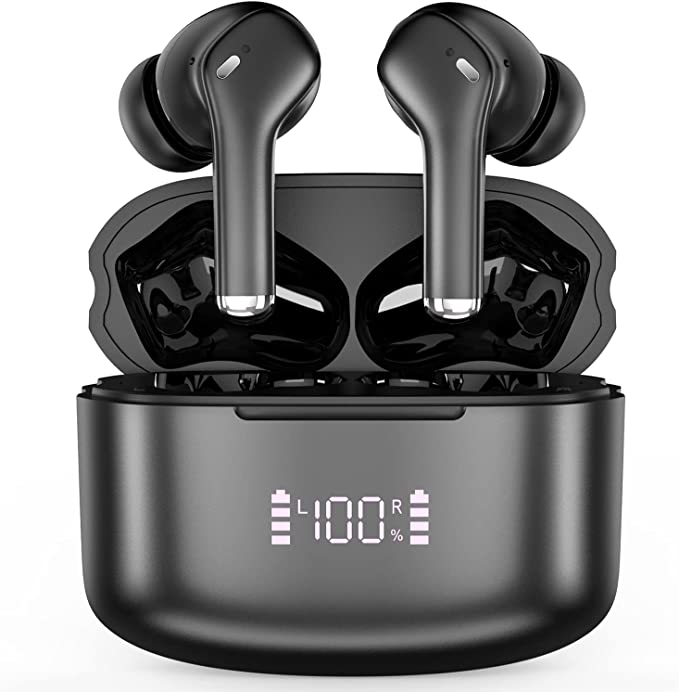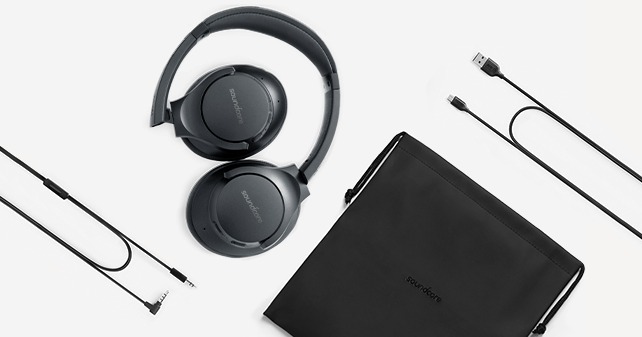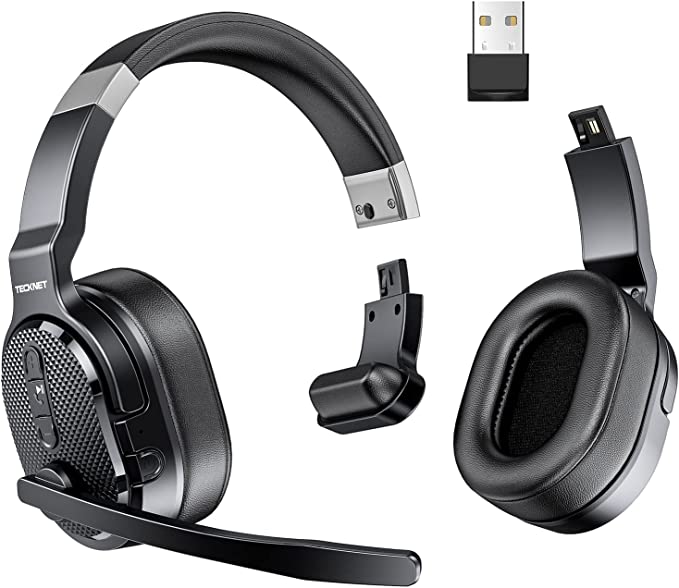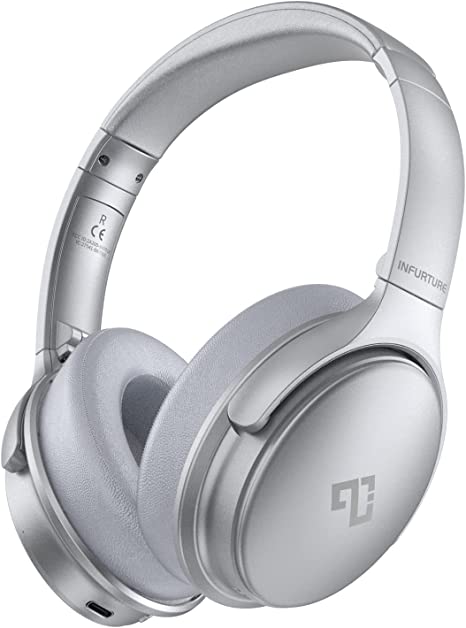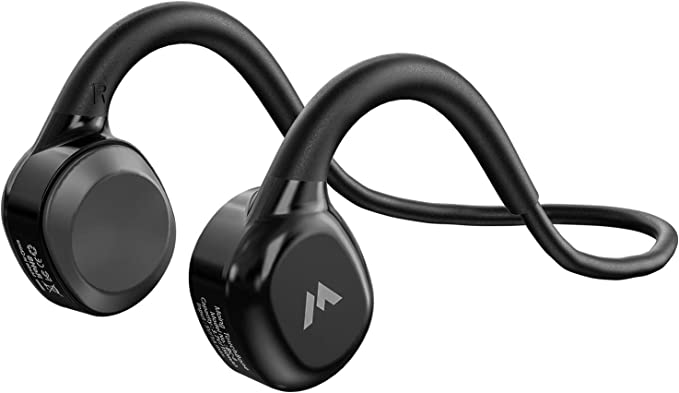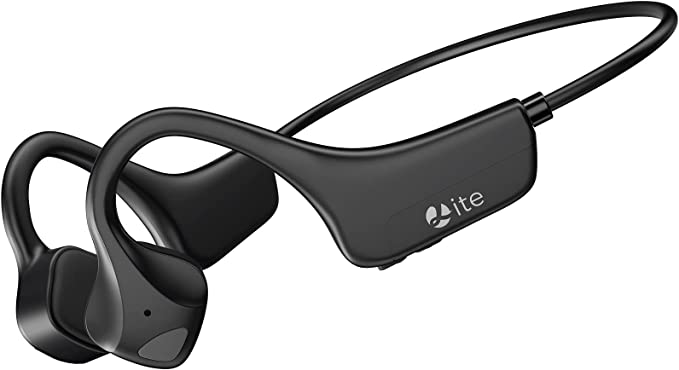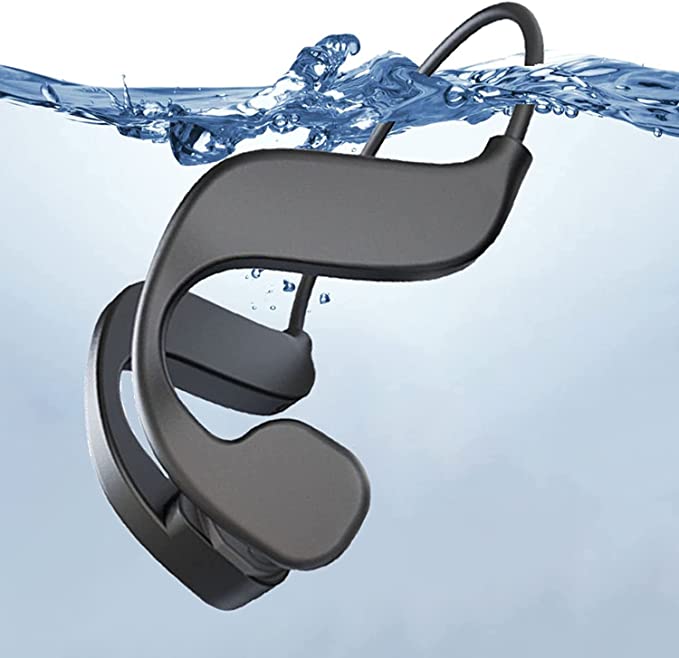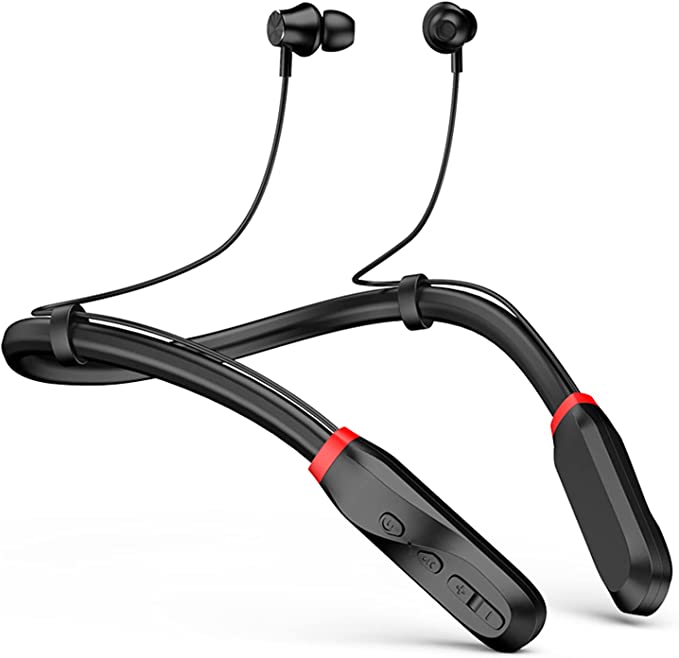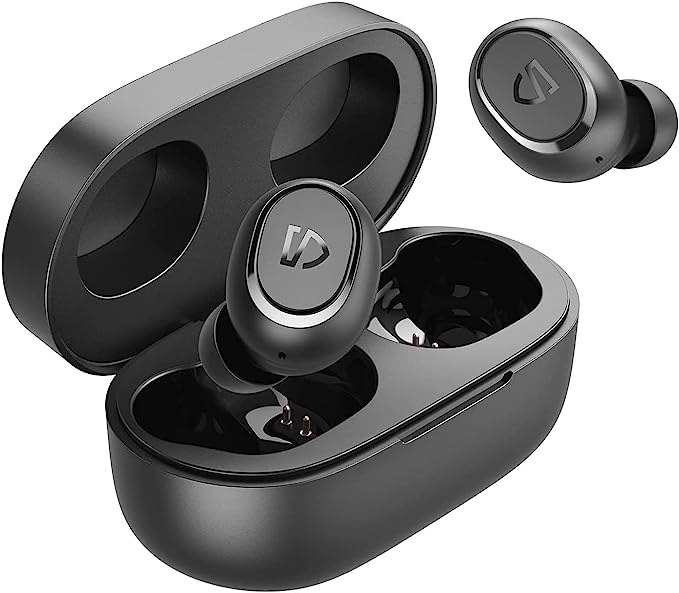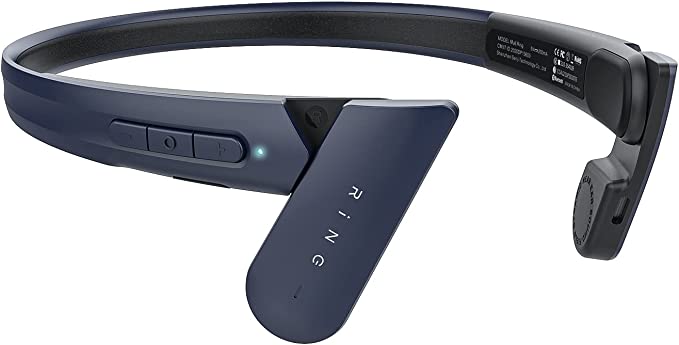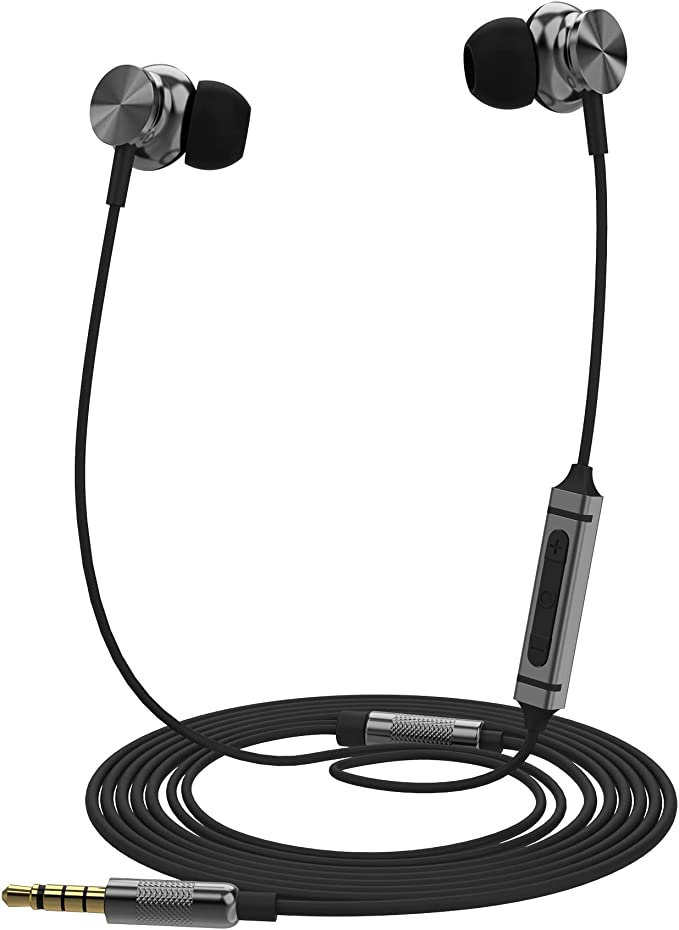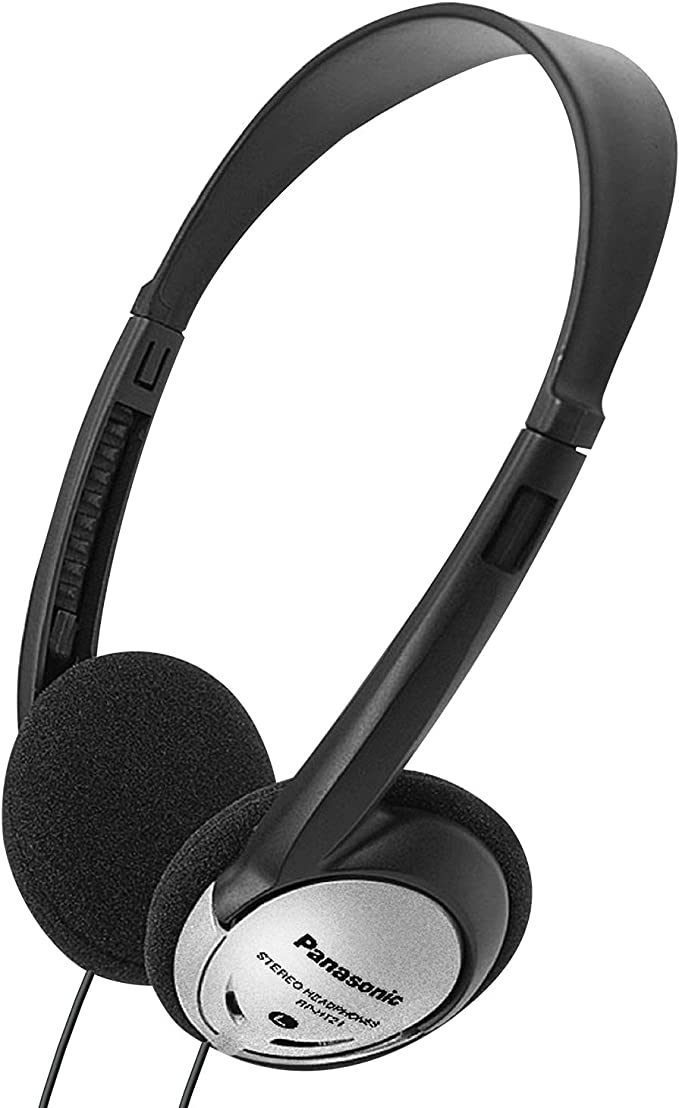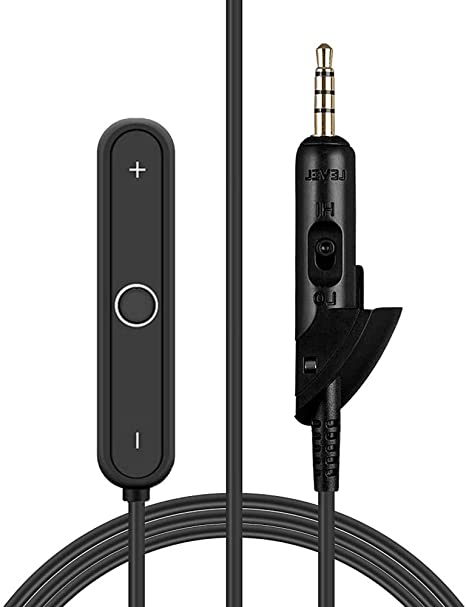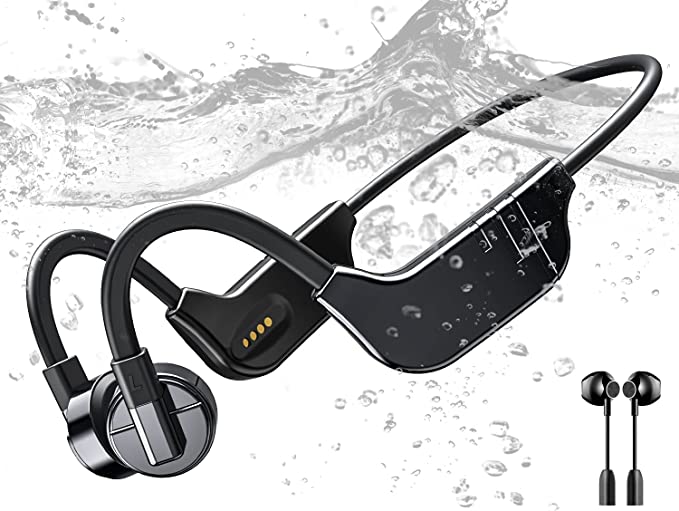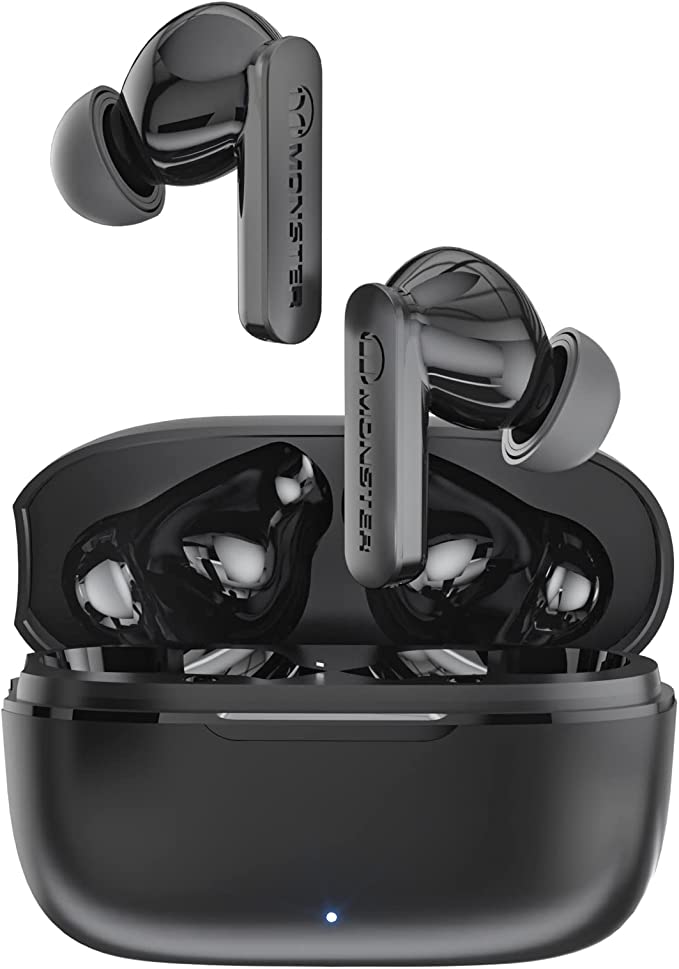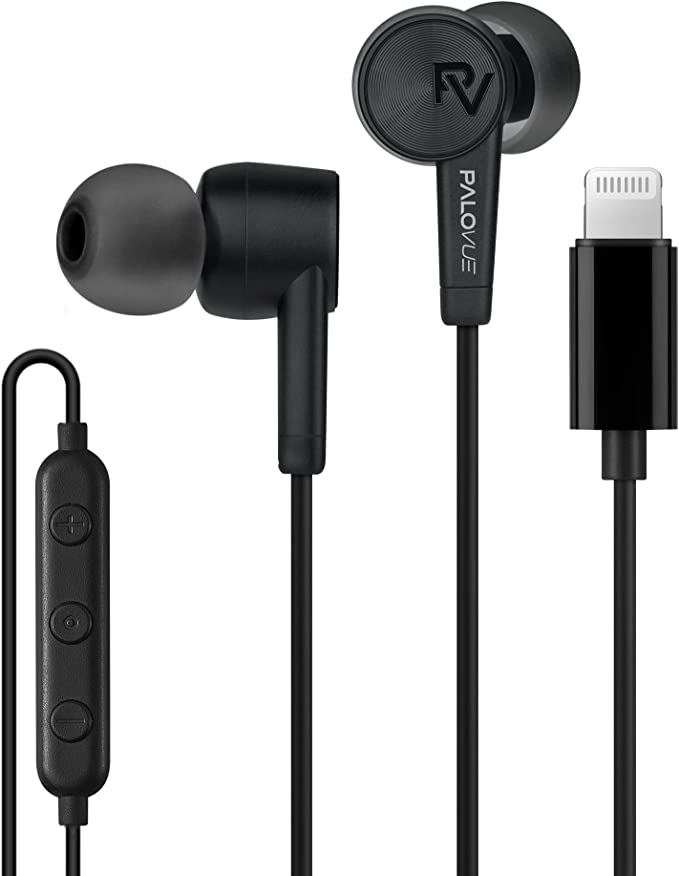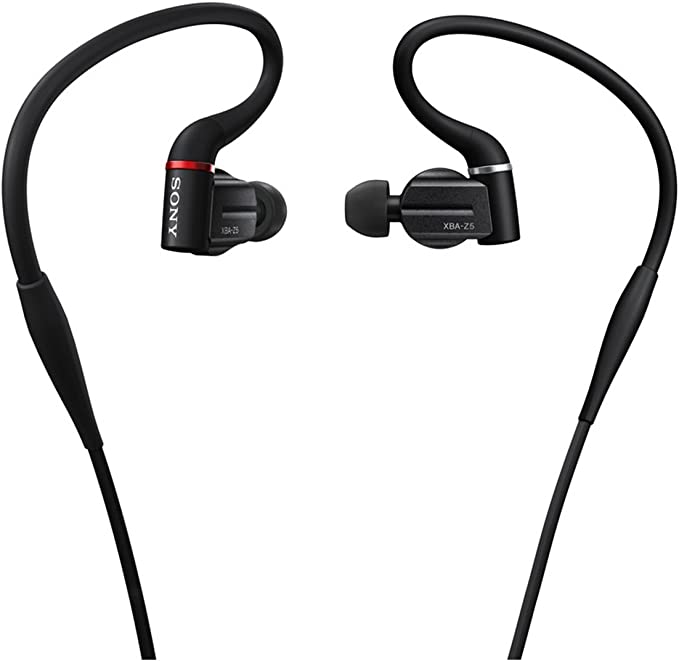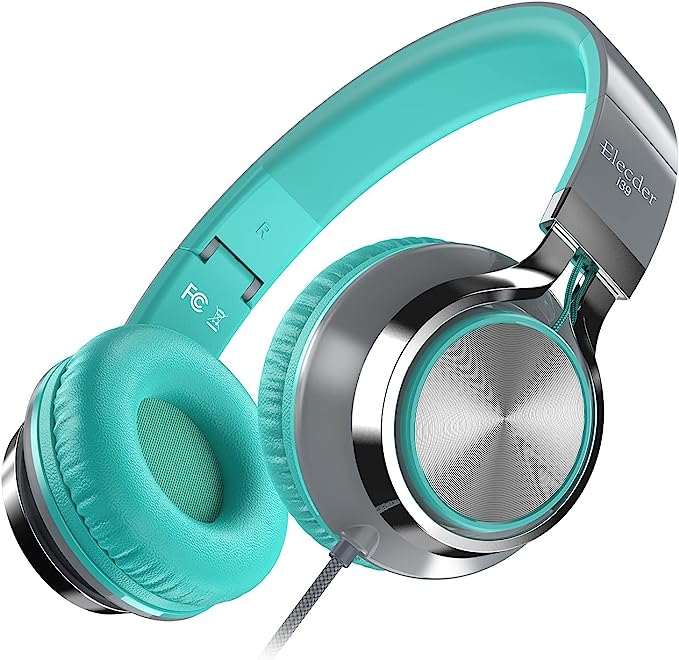Escape the Noise, Embrace the Sound: Bowers & Wilkins Px8 Wireless Headphones
Update on Aug. 4, 2025, 6:57 a.m.
Human history is a dialogue with sound, but it is also a perpetual war against noise. From the clatter of the first workshops to the ceaseless hum of the digital metropolis, we have sought pockets of tranquility—sanctuaries where thought can flourish and art can be truly heard. For centuries, our only defense was mass and distance: thicker walls, quieter countrysides. But in the modern age, a more elegant weapon was conceived, one born not of brute force, but of pure physics. This is the story of how we learned to fight sound with sound, and how that science is perfected in instruments like the Bowers & Wilkins Px8.
The journey begins not in a sterile laboratory, but on a transatlantic flight in 1978. Dr. Amar Bose, frustrated by the engine roar that rendered his airline-supplied headphones useless, sketched the fundamental mathematics of active noise cancellation on a napkin. The idea was as audacious as it was brilliant: what if you could create an “anti-sound,” a perfect acoustic mirror image of the offending noise? This principle, known as destructive interference, is a cornerstone of wave physics. When a sound wave’s peak meets another’s trough, they annihilate each other, leaving behind an uncanny quiet.
To achieve this acoustic magic, a device needs ears and a voice. The Px8 employs a sophisticated array of six microphones as its ears. Four are deployed with a singular mission: to constantly listen to the outside world, capturing the chaotic waveform of ambient noise. This information is fed to a digital signal processor, which, in fractions of a millisecond, calculates and generates the precise anti-noise signal. This signal is then played through the headphone’s internal drivers, a ghostly acoustic counter-narrative that erases the drone of a jet engine or the rumble of a subway car before it ever reaches the eardrum. It’s a silent, invisible battle fought at the speed of sound.
Yet, this active assault works in concert with a passive defense. The soft, pliant Nappa leather earcups, filled with memory foam, create an essential acoustic seal. This barrier is most effective against high-frequency sounds, like human chatter, leaving the active system to focus its considerable power on the stubborn, pervasive low frequencies. The result is a profound silence, a carefully constructed void waiting to be filled.

Sculpting Soundwaves: From Carbon Atoms to Concert Halls
Creating silence is only half the battle; painting on that silent canvas is the true art. At the heart of the Px8 lies its voice: a pair of custom-designed 40mm drivers with cones made of carbon fiber. The choice of material is not an aesthetic one; it is a declaration of engineering intent, a solution to a problem that has plagued loudspeaker design for a century.
The ideal driver must behave like a perfect piston, moving back and forth with absolute rigidity, faithfully translating electrical signals into air pressure waves. Any flexing or deformation of the cone’s surface, especially at high frequencies, introduces distortion, muddying the sound. The challenge is to find a material that is immensely stiff yet incredibly light. This is where the physics of materials science becomes critical, measured by a property called Young’s Modulus. Carbon fiber possesses an exceptionally high Young’s Modulus-to-mass ratio, meaning it can withstand tremendous force without deforming, and its low weight allows it to accelerate and decelerate with breathtaking speed. This translates to sound that is astonishingly clear, detailed, and free of the coloration that plagues lesser materials. It ensures the sharp crack of a snare drum is instantaneous, not smeared, and the delicate decay of a cymbal shimmers into nothingness, just as it would in a live room.

Bowers & Wilkins engineers further refined this acoustic portrait through psychoacoustics—the science of how our brain interprets sound. The carbon drivers are precisely angled within the earcups. This subtle geometric shift is designed to mimic how we hear sound in the real world. Rather than firing directly into the ear canal, the sound waves are directed to interact with the outer ear, just as they would from a pair of high-end stereo speakers positioned in a room. This “tricks” the brain’s auditory processing centers into perceiving a soundstage that is wide, deep, and external to the head, creating a listening experience that is immersive and holographic, rather than claustrophobic.
This meticulously crafted analog system is fed by a sophisticated digital stream. The Px8 supports aptX Adaptive, a Bluetooth codec that acts as an intelligent guardian of audio fidelity. It understands that the wireless world is imperfect. In ideal conditions, it will stream at a high bitrate, delivering 24-bit high-resolution audio that preserves the subtle textures and spatial cues of a master recording. But when it detects radio frequency congestion, it seamlessly adjusts its compression, sacrificing an imperceptible amount of data to ensure a stable, dropout-free connection. It’s a pragmatic compromise that prioritizes a consistent, high-quality experience above a fragile, absolute ideal.

The Final Interface: Where Engineering Meets Neurology
All this technology would be meaningless if the physical interface with the human body were flawed. The final stage of this engineering journey is where ergonomics meets neuroscience. The headphone’s frame, crafted from lightweight cast aluminum, provides a rigid, acoustically inert foundation, ensuring that the only vibrations produced are from the drivers themselves, not from a resonating chassis.
The choice of Nappa leather and memory foam extends beyond mere luxury. It serves a dual purpose. First, it completes the acoustic seal essential for both passive isolation and consistent bass response. Second, it addresses the neurology of long-term comfort. By distributing the headphone’s 320-gram weight evenly and minimizing pressure points, it reduces the subconscious physical distractions that lead to listener fatigue. This allows the technology to become transparent, fading into the background.

This brings us to the much-debated phenomenon of “burn-in,” where users report that headphones sound better after many hours of use. This is likely a conversation between two worlds. On a physical level, the flexible surrounds of the drivers may undergo microscopic changes, settling into their optimal compliance. But on a neurological level, a more profound change occurs: our brain adapts. A new, highly detailed auditory input requires the brain to build new neural pathways to interpret it. What we perceive as the headphone “opening up” is often our own auditory system learning to process the newfound clarity and spatial information.
Ultimately, a device like the Bowers & Wilkins Px8 is more than a collection of components. It is a testament to a multidisciplinary quest. It is the physicist’s wave equations canceling the chaos of the outside world, the materials scientist’s carbon atoms vibrating with perfect precision, and the neuroscientist’s understanding of perception shaping an intimate, emotional experience. It is the architecture of silence, built to let you hear the sound of thought, of art, of music itself.
